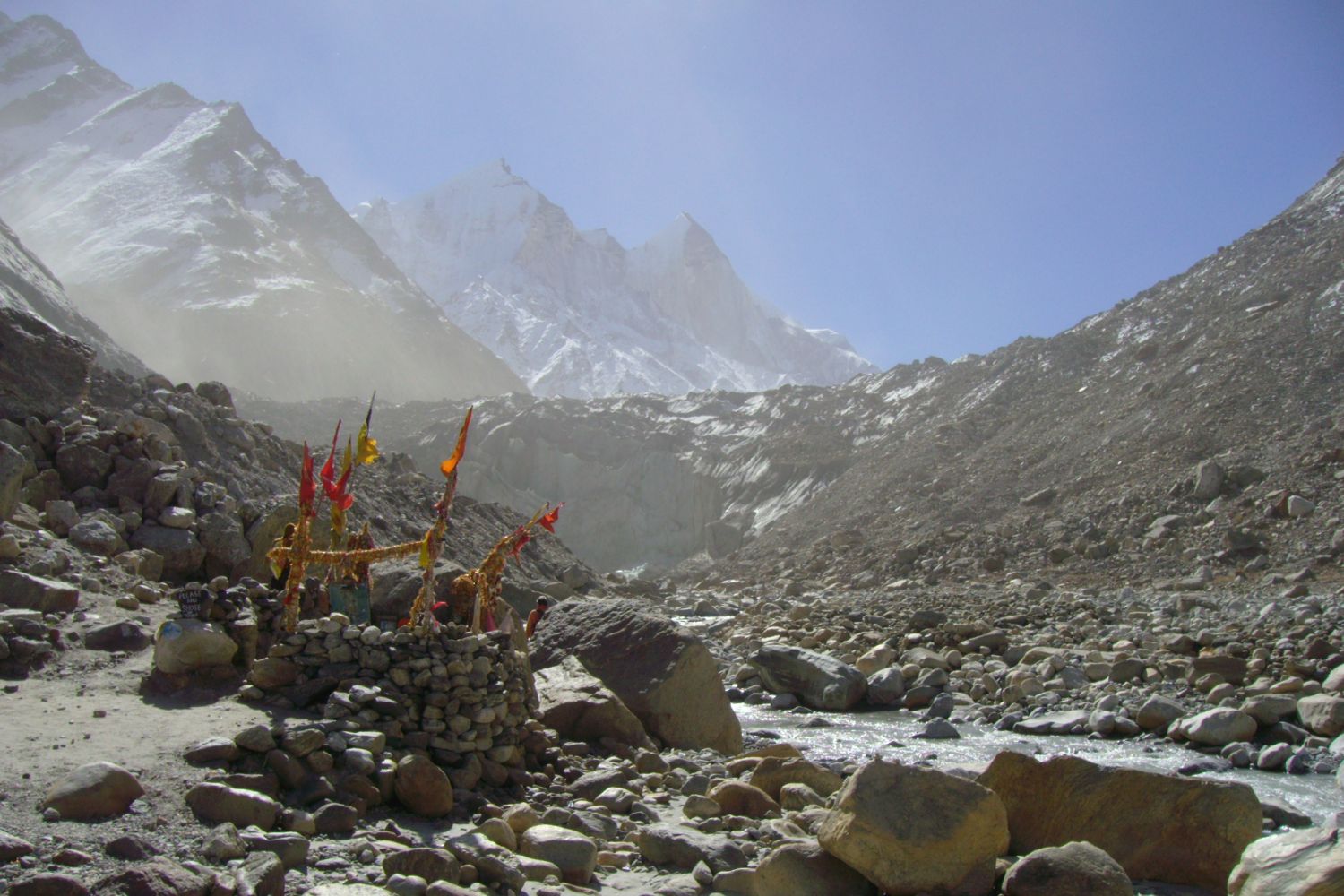
At Rohtang Pass, the world changes. The green hills of Himachal Pradesh’s Kullu district have vanished somewhere in the steep climb from –Manali. At this time of year, the mountains are clad in snow and the winds icy, making the sun’s warmth particularly welcome. At 13,000 feet above sea level, Rohtang is the doorway to a colder, harsher realm. Winter temperatures often fall below -10°C.Beyond the pass, the river Chandra guides visitors like a shepherd to the Lahaul valley. The metaphor is
Continue reading “A deep freeze still safe from the sun”
Read this story with a subscription.





